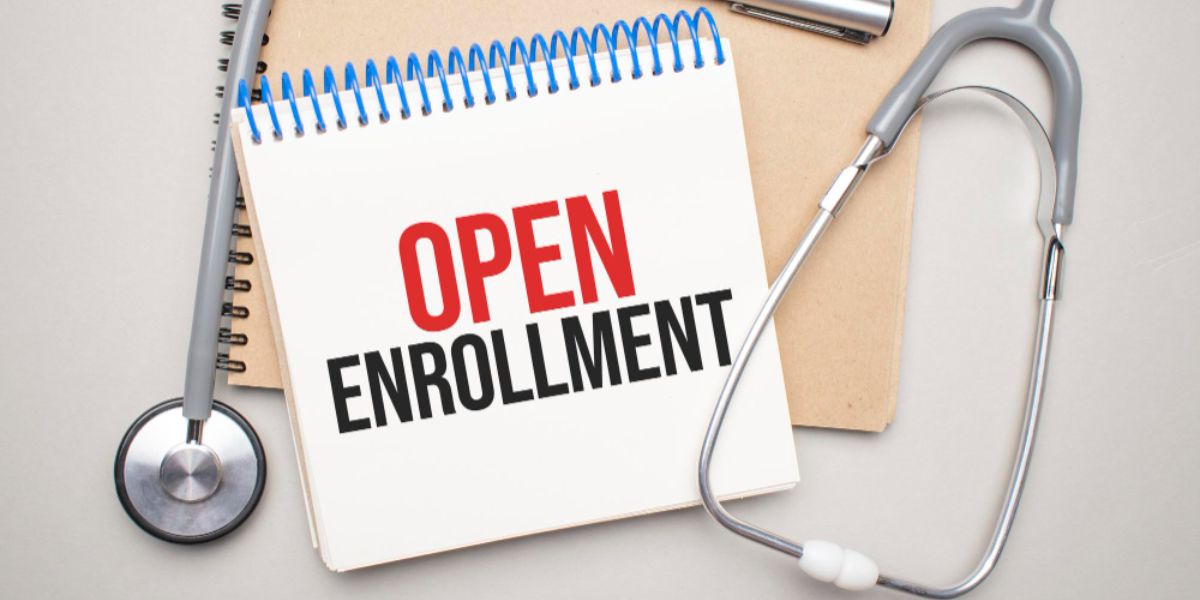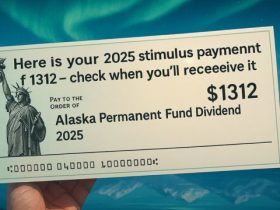Families and individuals should take advantage of open enrollment to examine and renew their health insurance coverage. You can use this time to adjust your current coverage, enroll in a new health plan, or cancel your coverage completely.
Understanding the key dates and deadlines is crucial to maximizing open enrollment and choosing the plan that best fits your requirements and financial situation.
Along with helpful advice to assist you successfully navigate the process, this article will give you a thorough rundown of the important dates for health insurance open enrollment.
Key Dates To Know: What are the dates for open enrollment?
| Type of Insurance | Expected Enrollment Dates | Notes |
| Individual and Family ACA Marketplace | November 1 to January 16 | Most states follow this timeline. |
| Workplace Health Insurance | Determined by employer, usually in the fall | Check with your employer for specific dates. |
| Medicare | October 15 to December 7 | Initial Enrollment Period (IEP) around age 65. |
| Medicaid | Anytime | No specific enrollment period; open year-round. |
| Dual Eligible Special Needs Plans (DSNP) | Anytime | Enroll at any moment. |
When does open enrollment occur?
Every year, typically in the fall, open enrollment takes place. The precise time frame, however, varies depending on where your insurance is from. Your employer or insurance company can confirm the precise dates for open enrollment.
Marketplace insurance enrollees are now open: In an effort to increase healthcare affordability and accessibility, the Affordable Care Act (ACA) established health insurance exchanges, or simply marketplaces.
Each state has an official marketplace under the Affordable Care Act that is run either at the state level, nationally, or both.
There are currently three state-run marketplaces that utilize the federal platform, six state-federal cooperation marketplaces, 24 federal marketplaces, and 18 wholly state-run marketplaces.
All marketplaces adhere to the November 1–January 15 U.S. Department of Health and Human Services open enrollment schedule, with the exception of entirely state-run markets. Open enrollment durations can be determined by fully state-run marketplaces as long as the last day isn’t before December 15.
Medicare Open Enrollment: The yearly Medicare open enrollment period runs from October 15 to December 7. People who are eligible for Medicare can enroll in, modify, or cancel a plan during this time, and benefits start to be paid out on January 1 of the subsequent year.
Newly eligible persons have a seven-month opportunity to apply for Medicare during the initial enrollment period, which is an exception to annual open enrollment.
Three months prior to your 65th birthday and three months following your 65th birthday is when the initial enrollment period starts.
Read More: Will $3,089 Be Enough? 2025 COLA Adjusts Social Security for Couples
Employer-sponsored insurance enrollment is open: The open enrollment period for employer-sponsored insurance can occur at any time of the year and varies depending on the employer.
In order for coverage to start on January 1, several firms plan open enrollment for the fall. Some people might associate the opening of open enrollment with the beginning of their fiscal year, which might differ from the calendar year.
If you decide on job-based insurance and don’t know when open enrollment is, ask your employer.
Read More: $3,284 Stimulus Payment in Alaska: Who Qualifies for This Month’s Payout?
Can You still enroll if you miss it?
Should you be unable to enroll during the open enrollment period, you might be able to obtain health insurance through Medicaid and the Children’s Health Insurance Program (CHIP) or during a special enrollment period.
- Period of special enrollment: Only if you meet the requirements for special enrollment can you enroll in or switch marketplace health plans after open enrollment concludes. You might qualify for special enrollment according to specific life events (e.g., getting married or divorced, moving, having a kid, or losing employer-sponsored coverage). To determine your eligibility, go to the Health Insurance Marketplace and complete the online screening.
- CHIP and Medicaid: You can sign up for Medicaid and CHIP at any time of the year because they are low-cost or free health insurance programs without open enrollment periods. Although money is the main determinant of eligibility for both programs, other circumstances (such as being pregnant, having children, or having a disability) may make you eligible. Medicaid benefits differ from state to state, but each program must include basic benefits, like coverage for physician services, lab and X-ray services, and inpatient and outpatient medical treatments.
The Sources:
- Equifax: Open Enrollment for Health Insurance
- uhc: Open Enrollment











Leave a Reply